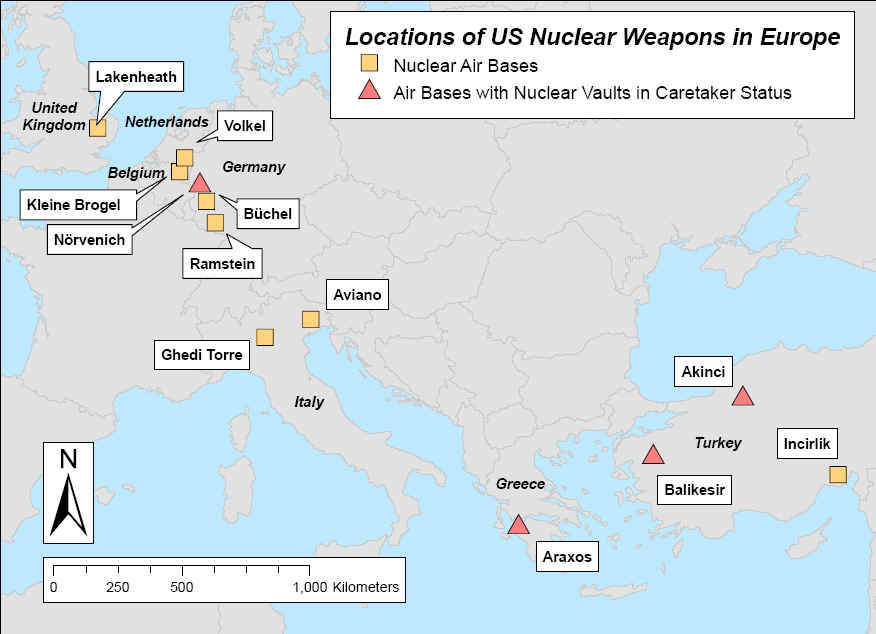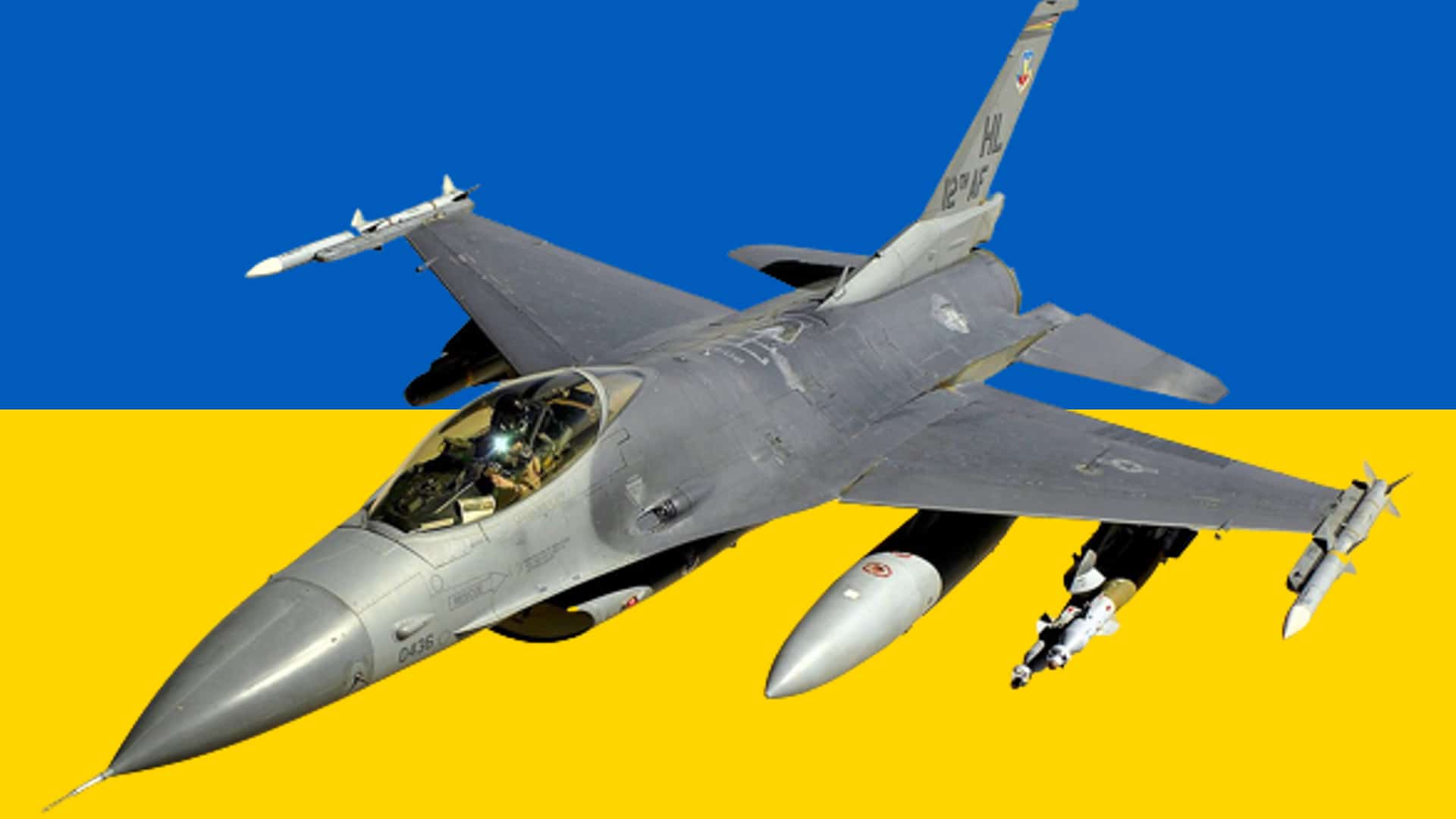Russia’s Military Capabilities and Ukraine’s F-16 Lollipop

In February, Ukrainian President Zelensky sacked Valery Zaluzhny as commander-in-chief of Ukrainian forces on the whim of US military commanders. As he was hesitant to commit more cannon fodder to breach Russia’s defensive lines in Donbas amid much-hyped albeit easily foiled Ukrainian counteroffensive lasting from June to December last year.
In fact, the planners of the thwarted counteroffensive themselves were well aware that it was a futile effort because Ukraine’s largely conscript army was simply not a match for Russia’s professional military and superior firepower. But they kept painting the rosy picture of the battlefield for public consumption in order to oblige the Biden admin to keep providing billions of dollars military assistance to Ukraine.
On August 6, Ukrainian forces, numbering several thousand and backed by German Marder infantry fighting vehicles, advanced across the border into Russia’s Kursk region. But the Kursk and previous Belgorod incursions, too, are simply morale-boosting stratagems meant to create a perception that Ukrainian conscripts are capable of fighting wars when, in fact, sleazy Ukrainian politicians and military commanders are squandering lavish military aid on buying opulent villas in southern France and spending the nights gambling away millions of dollars in swanky casinos of Monte Carlo.
Image source
Nonetheless, differences between Zelensky and Zaluzhny had been simmering for many months but appeared to grow wider towards the end of last year, after Zaluzhny said the war had reached a stalemate in a long essay and interview in The Economist magazine in November.
New commander-in-chief Oleksandr Syrskyi has been criticized for pursuing bloody and reckless military tactics which resulted in significant Ukrainian losses during the Battle of Bakhmut, and was nicknamed “General 200,” a reference to Cargo 200, a Soviet military code denoting military fatalities.
He would likely retain his job as long he uncritically obeys Washington’s dictates. But if he made the mistake of developing critical faculties, a cardinal sin in military command structure across the world, then he too would meet the same ignominious fate that befell his wretched predecessor.
The Pentagon’s top brass, through NATO’s military command, exercises absolute control over Ukraine’s theater of proxy war. The Zelensky regime and its military commanders are merely expendable pawns beholden to military strategy as devised by master strategists of the Pentagon.
The foremost objective of the US military brass in Ukraine’s proxy war is to degrade Russia’s military capabilities, which alongside China, is deemed an existential threat to US security interests, for which Ukrainian troops and conscripts are being sacrificed as cannon fodder.
Although China, too, matches the conventional warfare capabilities of the Cold War-era arch-rivals, its relatively insignificant nuclear arsenal and delivery systems, long-range ballistic missile program, aren’t in the same “superpower league.”
According to an October 2017 Turkish parliament report, issued following the foiled military coup plot against the Erdogan government in July 2016, there were around 13,000 nuclear warheads at 107 sites in 14 countries, and over 90 percent of the world’s nuclear weapons belonged to Russia and the US.
Russia currently has 5977 nukes; NATO has 5943, including 5428 in the US, 290 in France and 225 in the United Kingdom; China has 350, Pakistan 165, India 160, Israel 90 and North Korea has 20 nuclear weapons. [China’s nuclear arsenal is rapidly growing. According to recent assessments, it now has over 500 nukes.]
The report added that some 4,150 of the weapons in arsenals were ready to be used at any minute, while 1,800 were in “high alarm” status, which meant they could be prepared for use in a short period of time.
The report also noted that nuclear weapons belonging to the US were deployed in five NATO member states that did not themselves have developed nuclear programs. “There are nearly 150 US nuclear weapons in six air bases in Belgium, Germany, Italy, the Netherlands and Turkey,” it added.

During the Cold War, the US placed nuclear weapons in NATO countries, including Turkey, as part of the organization’s nuclear sharing program. Some of the nuclear weapons placed in the 1960s are still deployed in Turkey.
B61-12 (right)
The safety of fifty American B-61 hydrogen bombs [tactical nuclear weapons ] deployed at Incirlik airbase in Turkey became a matter of real concern during the foiled July 2016 coup plot against the Erdogan government after the commander of the Incirlik airbase, General Bekir Ercan Van, along with nine other officers were arrested for supporting the coup; movement in and out of the base was denied, power supply was cut off and the security threat level was raised to the highest state of alert, according to a report by Eric Schlosser for the New Yorker.
Besides being the world’s leading nuclear power alongside the US, Russia also boasts cutting-edge delivery mechanisms that are enough to give goosebumps to envious adversaries plotting to degrade the Eurasian behemoth’s military capabilities.
Pioneering the hypersonic missile technology that can evade the most advanced missile defense systems, Russia has recently unveiled an array of state-of-the-art products that can make any military technology aficionado leap for joy and rush to the nearest Apple store to claim his iPhone X.
The Kinzhal, or The Dagger, is an air-launched ballistic missile with a range of 2,000 kilometers. Currently launched from a MiG-31 fighter, the missile accelerates to speeds between Mach 4 and Mach 10 while performing evasive maneuvers to circumvent air and missile defenses.
The Tsirkon, or Zircon, is a ship-launched hypersonic cruise missile capable of reaching Mach 9 speed to strike ground or naval targets at a range of approximately 1,000 kilometers. The Iskander is a mobile short-range ballistic missile system, traveling at a terminal hypersonic speed of 2,100–2,600 meters per second (Mach 6.2 – Mach 7.6) and can reach an altitude of 50 kilometers and has a range of up to 500 kilometers.
What takes the cake, though, is the doomsday intercontinental ballistic missile named The Sarmat and colloquially referred to as Satan II with an operational range of 18,000 km., and capable of carrying 16 thermonuclear multiple independently targetable reentry vehicle (MIRV) warheads.
For the last couple of years, bratty Zelensky has been throwing temper tantrums and fervently cajoling macho Uncle Sam to provide F-16 aircraft to Ukraine, which have reportedly been delivered last week. But NATO’s fancy albeit outmoded aircraft are simply not a match for venturing into air-to-air dogfights with Russia’s technologically superior Sukhoi fighter jets, globally acclaimed S-400 air defense systems and cutting-edge hypersonic missiles.
Built by Lockheed Martin and General Dynamics in the eighties, over a dozen  F-16 aircraft (Left) have crashed in Pakistan alone. Its flight safety record is worse than the flying funeral hearse Boeing 737 Max. Aviation aficionados have recommended that Pakistan Air Force should only induct JF-17s, co-produced with China, instead of wasting billions of dollars foreign exchange on substandard American junk.
F-16 aircraft (Left) have crashed in Pakistan alone. Its flight safety record is worse than the flying funeral hearse Boeing 737 Max. Aviation aficionados have recommended that Pakistan Air Force should only induct JF-17s, co-produced with China, instead of wasting billions of dollars foreign exchange on substandard American junk.
As for C-130 transport aircraft and B-52 bombers built in the fifties following the Second World War, those “Hindenburg’s Zeppelins” rightfully belong in vintage aerospace museums rather than being inducted in modern air forces.
The Pentagon publicly confessed to over 30 Broken Arrows, serious nuclear accidents, including accidentally dropping atom bombs on populated areas in the US and Europe that thankfully didn’t explode, though the real number of such nuclear accidents is calculated to be in thousands, particularly at the height of the Cold War during the sixties when such apocalyptic “accidents” were everyday occurrence. What could be more irrefutable rebuttal of much-touted flight safety record of US strategic bombers, transport aircraft and fighter jets?
Notwithstanding, at the height of the Cold War in the sixties when Russia exploded the world’s largest 50-megaton thermonuclear Tsar Bomba in October 1961 and 400,000 US forces were deployed in Europe that were still outnumbered by Soviet troops, the Soviet leadership made repeated requests for signing a “no first use” nuclear treaty precluding the likelihood of pre-emptive nuclear strike, but the United States balked at the proposal due to conventional warfare superiority of the USSR in Europe.
Soviet leader Leonid Brezhnev even unilaterally pledged against the first use of nuclear weapons in 1982, though Russia has since dropped the pledge in 1993 following the break-up of the Soviet Union and consequent tilting of balance of power in favor of the United States.
After European powers developed their own military capacity following the devastation of the Second World War, NATO now holds conventional warfare superiority over Russia with a significantly larger number of ground troops and combat aircraft.
NATO’s central rationale in engaging Russia in a protracted proxy war in Ukraine since the Maidan coup in 2014 is to sufficiently degrade Russia’s conventional warfare capabilities in order to coerce the Kremlin to give up its formidable nuclear arsenal in return for economic inducements, as the transatlantic alliance did to several East European client states following the dissolution of the Soviet Union in the nineties by incorporating them into the European Union.
*
Click the share button below to email/forward this article to your friends and colleagues. Follow us on Instagram and Twitter and subscribe to our Telegram Channel. Feel free to repost and share widely Global Research articles.
One Month Before Global Research’s Anniversary
Nauman Sadiq is an Islamabad-based geopolitical and national security analyst focused on geo-strategic affairs and hybrid warfare in the Middle East and Eurasia regions. His domains of expertise include neocolonialism, military-industrial complex and petro-imperialism. He is a regular contributor of diligently researched investigative reports to Global Research.



